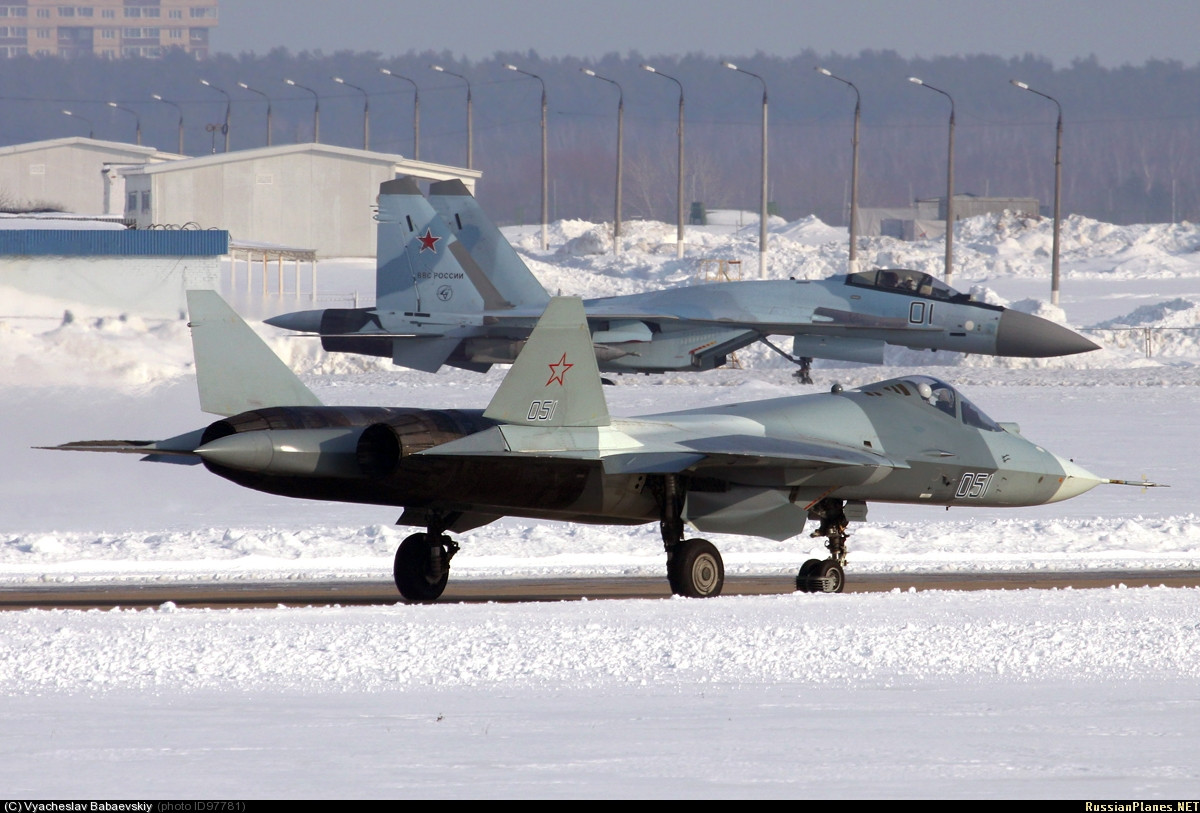Marechal-do-ar escreveu:Estão dando importância demais para as capacidades técnicas de um datalink...
Vou continuar no tópico do Gripen...
O datalink é um elemento importante, mas na realidade, o mais importante é que a Saab está divulgando a visão dela com relação ao combate aéreo do futuro. Poucos fabricantes fazem isso. Embora não seja algo realmente novo, a Saab já tem uma longa experiencia, pioneirismo e maturidade nessa área.
Trecho que explica a estratégia da Saab:
http://aviationweek.com/awin/saab-takes ... evelopment
(...)
Saab has unveiled its concept of “wide spectrum combat” (Wiscom) to exploit the potential of the next-generation JAS 39E/F and C/D Plus, the latter being a C/D retrofitted with E/F avionics and sensors.
One part of the Wiscom concept is the idea of
a “flexible antenna pool” in which all aircraft in a flight share sensor and target data automatically. Another is “silent swarm ingress” where a flight enters combat in a widely dispersed pattern, with primary sensors being infrared search and track (IRST), active, electronically scanned array (AESA) radars operating in passive mode, and electronic surveillance measures (ESM).
Under Wiscom, AESA transmissions are restricted and “random”—that is, the aircraft in a flight will transmit at different times, making it difficult to track them by emissions. Swedish engineers have noted that data-linked radars can share plots—not just tracks—and take simultaneous range-rate measurements, allowing two radars to determine a target's velocity almost instantly. Finally, Saab envisages the use of the high-energy MBDA Meteor air-to-air missile to engage from side and rear aspects where targets are less likely to detect the threat.
For air-to-surface missions, Saab is studying an improved RBS 15ER (extended range) version of its own cruise missile with improved land-attack capability. In maritime attack, Wiscom tactics would allow a flight of Gripens to assess the target formation and launch up to two missiles each from different directions with simultaneous arrival times, saturating the target's ability to defend itself.
While other fighter programs claim the ability to use real-time networked tactics, Wiscom is not entirely new, but an extension of Swedish technology developed since the 1960s, when data links were introduced secretly to bypass Soviet communications jamming. The first two-way aircraft-to-aircraft fighter link was deployed on the JA 37 Viggen in the 1980s. It was disclosed after the Viggen was retired in 2005 that it was capable of a “silent” AIM-120 Advanced Medium Range Air-to-Air Missile attack, performed by two aircraft using their PS 46/A radars in passive mode.
The original Tactical Information Data Link System (Tidls) fitted to the JAS 39A/B was designed to display the position, bearing and speed of all four aircraft in a formation, including basic status information such as fuel and weapons status. Tidls information, along with radar, EW and mapping data, appears on the central multi-function display. Detailed symbols distinguish between friendlies, hostiles and unidentified targets and show which member of the flight has targeted each hostile. Wiscom blends this capability with AESA, IRST and improved electronic support measures.
(...)
Atalho:
viewtopic.php?f=1&t=13152&start=76080



